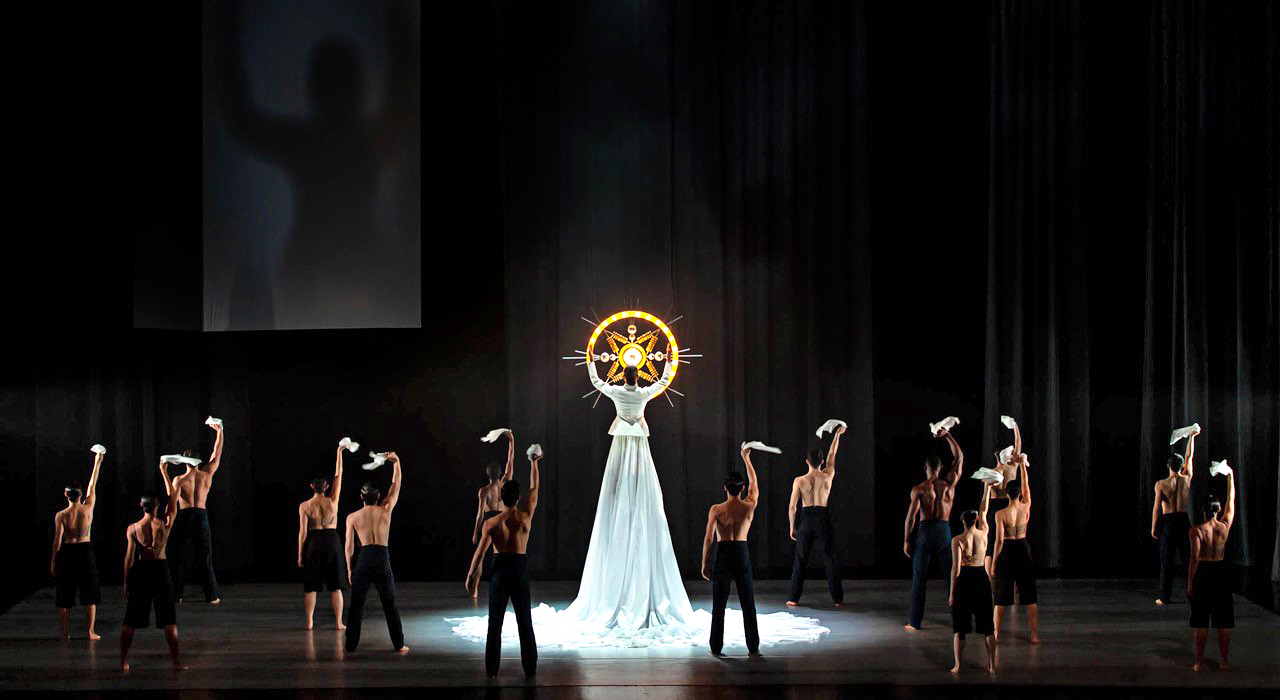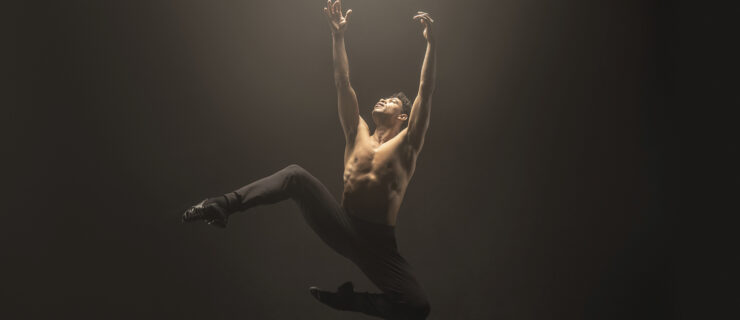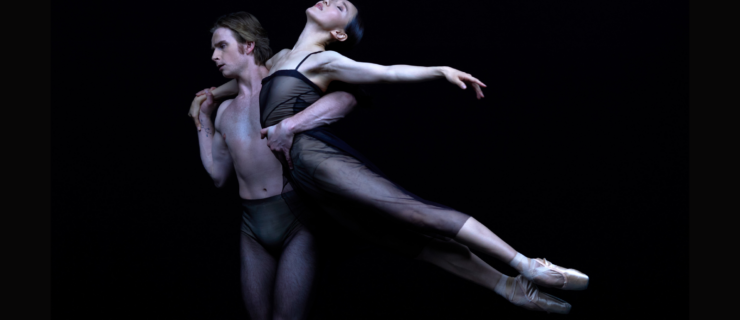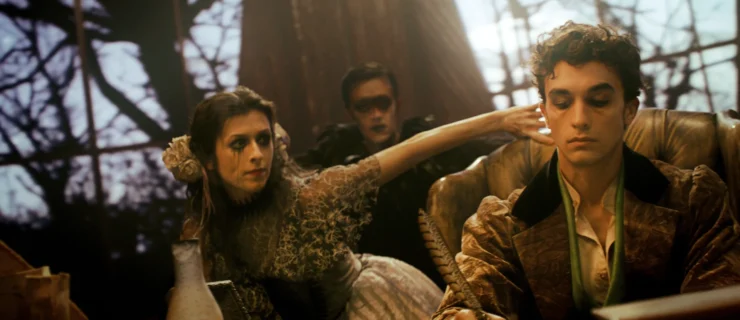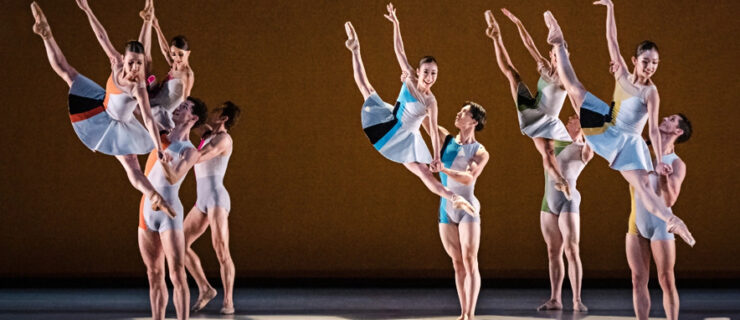Annabelle Lopez Ochoa on the Challenges of Capturing Eva Perón Through Ballet
Updated on 9/15/22.
Choreographer Annabelle Lopez Ochoa is no stranger to telling the stories of history’s complicated women.
Most notably, her Frida, for Dutch National Ballet, explores the life of Mexican painter Frida Kahlo through vivid, colorful movement, with 16 dancers portraying the titular character. (In fact, she’s made two ballets about Kahlo—before Frida, there was Broken Wings, a one-act for English National Ballet.)
Her latest work has less color and more politics, but chronicles the life of a figure who is just as complex: former first lady of Argentina Eva “Evita” Perón. Doña Perón, Ochoa’s first full-length work for Ballet Hispánico, premiered in New Orleans March 12, and toured to Detroit and Chicago before making its New York City debut as part of the City Center Dance Festival April 1–3. Ochoa spoke with us about capturing Perón’s story through movement.
What is your relationship to the figure of Eva Perón—why did you want to make a ballet about her?
Ballet Hispánico’s artistic director, Eduardo Vilaro, approached me four or five years ago and proposed Evita Perón. I was like, “Oh, it’s a musical—’Don’t Cry for Me, Argentina.’” I saw it when I was 20 years old in Holland. But then I learned that everything she did was not actually kosher. Power does something to people, unfortunately, and once you have it, you’re afraid to lose it. She’s an interesting character and a very controversial woman, so on the one hand, I love her. And on the other hand, I was like, “Oh, that was very undemocratic.”
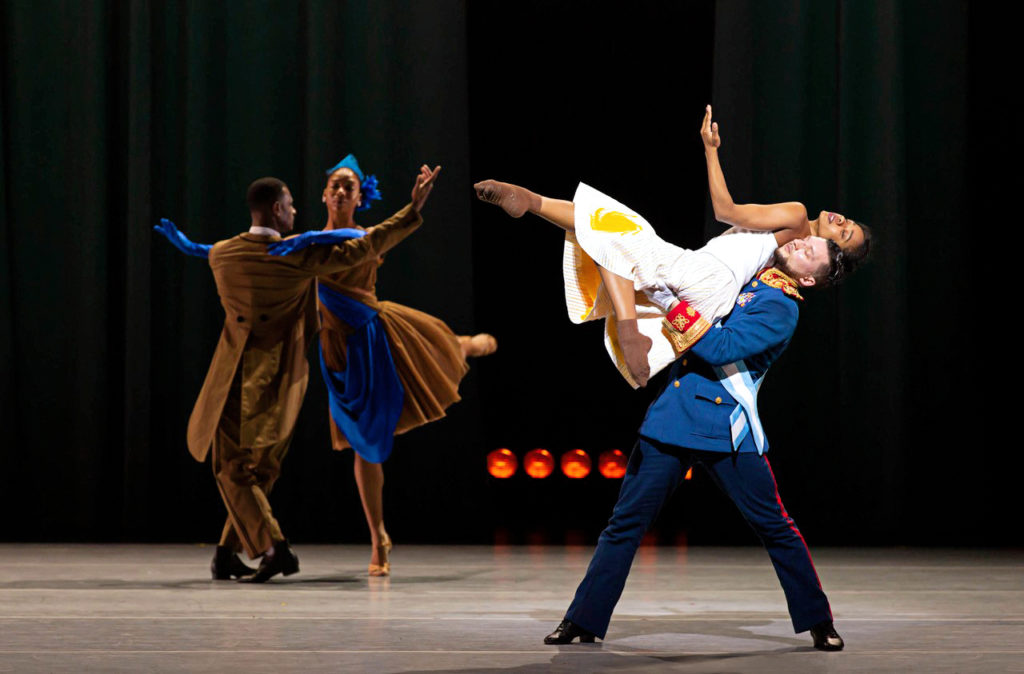
What kind of research did you do in preparation for the ballet? Did you revisit Andrew Lloyd Webber’s musical?
I did not look at the musical. As an artist, you want to tap inspiration from other artforms, or life and human behavior, as opposed to someone else’s work. Funnily enough, I was actually approached by a young director who was doing Evita, who wanted me as a choreographer. I said, “I would love to, but I’m actually preparing my own Evita and I don’t want to be influenced by what you’re doing.”
I mostly read about her. I also read her autobiography, but when someone writes about themselves, you have to take it with a grain of salt.
I think her drive was born out of a traumatic event when she was young, when she was rejected by her father, who decided to go with his other family. That follows her during the entire ballet; she wants to hide the fact that she was poor. An important theme is that something is wrong with her; she’s in pain. And she doesn’t know what it is, but she has so much drive that the show must go on.
What were you looking for in a dancer to portray Perón?
Vulnerability. I asked five dancers to do one scene, which is Evita up above speaking to the people, and then she drops, and the entire company catches her and puts her back up. I cast them based on how they did that scene.
What was your approach to creating a movement language for the ballet?
Because it’s set in Argentina, tango is important. But I had to be careful not to appropriate. It’s a contemporary company, so I showed some of the basic steps that I know. But I won’t show the real tango. I looked into what would be the language of the military, and there’s this dance called the malambo that I was inspired by. I didn’t copy it exactly because it needs to be about storytelling and not just a series of different dances. The historical images, where you see them waving the handkerchiefs, were also an inspiration for the movement.
Speaking of historical images, it looks like you have an interesting take on Evita’s iconic dress. How did that come about?
Yeah, we couldn’t step away from that white dress. Our costume designer, Mark Eric, came up with the idea of it coveringthe whole stage. I was like, “Are you crazy? What would we do with it?”
So it became a parachute, because she is an icon, and an icon is always something above the people. I thought maybe we could make her fly with this parachute. She was also put on a pedestal by the masses, so we worked with boxes—we stacked them up so she’s higher and higher.
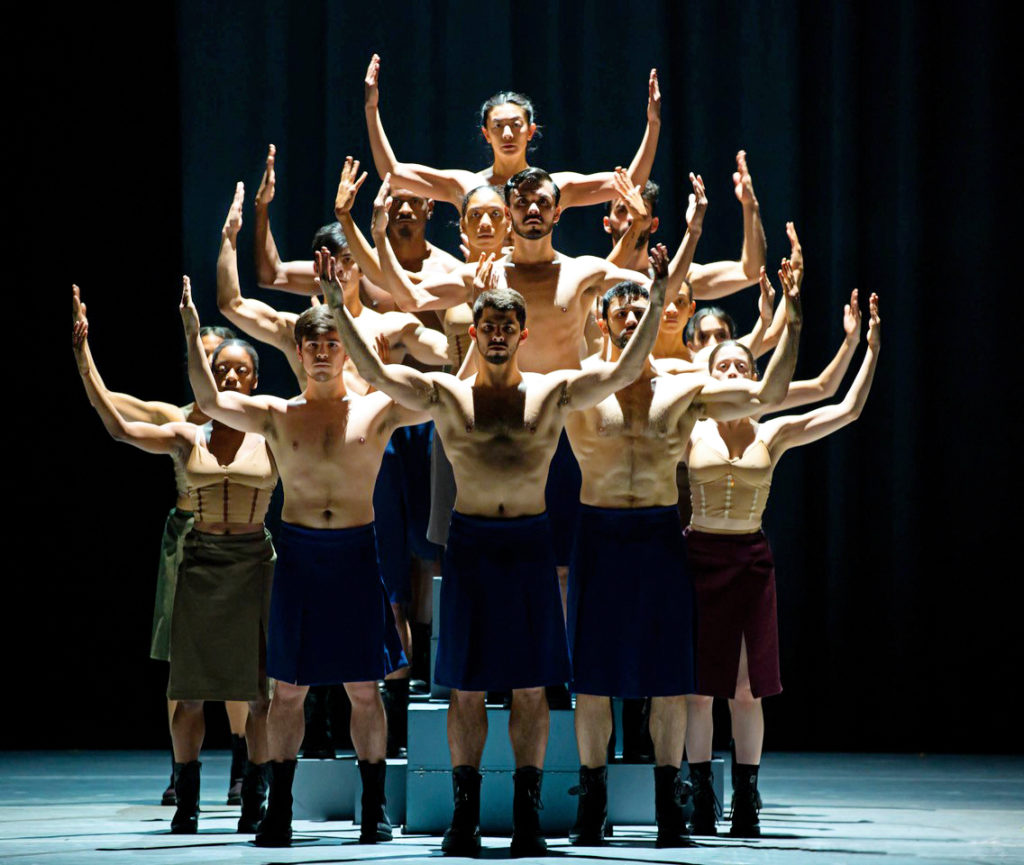
You’ve choreographed the story of another iconic woman, Frida Kahlo. How has your approach to this one been similar or different—what new challenges does Evita present?
It’s a very different story. Frida used to paint about her life, so it was just a matter of bringing those paintings to life. I didn’t have to look for images—they were there, I just had to put them into movement. And I love surrealism, so it was easy. With Evita, the challenge was the political aspect. As an artist, you get attached to your main character. My collaborator, Nancy Meckler, who is the dramaturg, said that we have to be careful that we don’t love her too much. I had to show both sides of her.
It’s pretty rare to see new full-length ballets about real women, especially Latinas, and now you’ve done two of them. What does that mean to you, as a Latina yourself?
I see it as a challenge and a calling. I was talking not too long ago about how Giselle, in the context where it was made, was very contemporary. And look at us now—we still tell that story. Why can’t we come up with new ones? It’s very hard to make a new story that everybody is going to love, and that’s going to become a classic. I hope my legacy is that I was the choreographer who brought in new titles and fearlessly thought that it would work, even if it doesn’t. And maybe opened the door a little bit.
